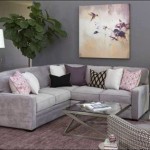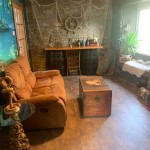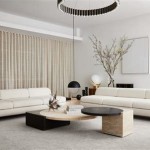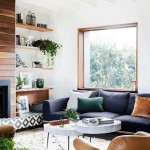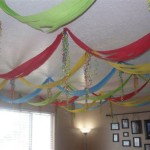Side Table Living Room Decor
Side tables are essential components of living room decor, providing both functionality and style. They offer a convenient surface for lamps, drinks, books, and decorative objects, while also contributing to the overall aesthetic of the room. Choosing the right side table involves considering various factors, including size, material, style, and the existing decor.
One of the primary considerations when selecting a side table is its size. The table should be proportionate to the surrounding furniture, particularly the sofa or armchair it accompanies. A table that is too small can look lost, while one that is too large can overwhelm the space. The height of the table is also important; ideally, it should be roughly the same height as the armrest of the adjacent seating.
A wide range of materials are used in the construction of side tables, each offering a distinct look and feel. Wood is a classic choice, providing warmth and versatility. Different types of wood, such as oak, mahogany, and cherry, offer variations in color and grain, allowing for customization to match existing furniture. Metal side tables can introduce a modern or industrial aesthetic, with options ranging from sleek chrome to rustic iron. Glass side tables create an airy and open feel, particularly beneficial in smaller spaces. Other materials commonly used include marble, stone, and acrylic, each contributing a unique character to the room.
The style of the side table should complement the overall design scheme of the living room. For a traditional living room, a wooden side table with ornate details or a classic marble top might be appropriate. In a contemporary setting, a sleek metal or glass table can enhance the modern aesthetic. A rustic living room might benefit from a reclaimed wood or wrought iron side table. Matching the style of the side table to the existing decor creates a cohesive and harmonious look.
Beyond their practical function, side tables offer an opportunity to express personal style and enhance the decorative elements of the living room. They provide a platform for displaying decorative objects, such as lamps, vases, sculptures, and picture frames. A carefully curated collection of items on a side table can add personality and visual interest to the room. The choice of decorative objects should complement the style of the side table and the overall decor.
Lighting plays a crucial role in creating ambiance and functionality in a living room. Side tables are ideal locations for table lamps, providing focused light for reading or other activities. The lampshade should be chosen to coordinate with the style of the table and the room. The height of the lamp should be considered in relation to the surrounding furniture to ensure optimal lighting distribution.
Storage is an important consideration in living room design. Some side tables incorporate drawers or shelves, providing a convenient place to store remote controls, magazines, or other small items. This added storage functionality helps to keep the living room organized and clutter-free. The choice of a side table with storage depends on individual needs and the available space.
When arranging side tables in a living room, balance and symmetry are key factors to consider. In a symmetrical arrangement, identical side tables are placed on either side of a sofa or fireplace, creating a formal and balanced look. An asymmetrical arrangement, using different side tables or placing a single table off-center, can add visual interest and a more casual feel. The arrangement of furniture and accessories should facilitate conversation and traffic flow within the room.
Color plays a significant role in the overall aesthetic of the living room. The color of the side table can either blend in with the existing decor or provide a contrasting accent. A neutral-colored side table can create a sense of calm and cohesion, while a brightly colored or patterned table can add a pop of personality and visual interest. The choice of color should be based on personal preference and the desired mood of the room.
Budget is another important factor to consider when choosing a side table. Side tables are available at a wide range of price points, depending on the material, design, and brand. Setting a budget beforehand helps to narrow down the options and ensure a cost-effective purchase. Investing in a well-made and stylish side table can enhance the living room decor for years to come.
Maintenance and care are essential for preserving the appearance and longevity of a side table. Regular dusting and cleaning are necessary to remove dirt and grime. Specific cleaning methods may vary depending on the material of the table. Wood tables may require polishing, while metal tables may need to be cleaned with a specialized metal cleaner. Following the manufacturer's care instructions can help to maintain the table's condition and prevent damage.
The placement of a side table should be strategic, ensuring both functionality and aesthetics. The table should be within easy reach of the seating area, allowing for convenient access to lamps, drinks, and other items. It should also be positioned in a way that does not obstruct traffic flow within the room. Careful consideration of placement can optimize the functionality and visual appeal of the side table.

How To Style An End Table Like A Pro Stonegable

27 Coffee Table Decor Ideas How To Style A Modern

Stylish Side Table Decor That Pulls A Room Together

Side Table Decor Ideas 33 Best Stylish Functional End Tables For Your Home Parachute Blog

Coffee And Side Tables 60 Ideas For Your Living Room

Home Decor 101 How To Decorate End Tables The Turquoise

White Farmhouse End Table Tables Farm House Living Room Side Decor

Home Decor 101 How To Decorate End Tables The Turquoise

9 Gorgeous Accent Table Décor Ideas Living Spaces

Home Decor 101 How To Decorate End Tables The Turquoise

